How Much Do Wedding Flowers Cost 2024 [Guide & FAQS]
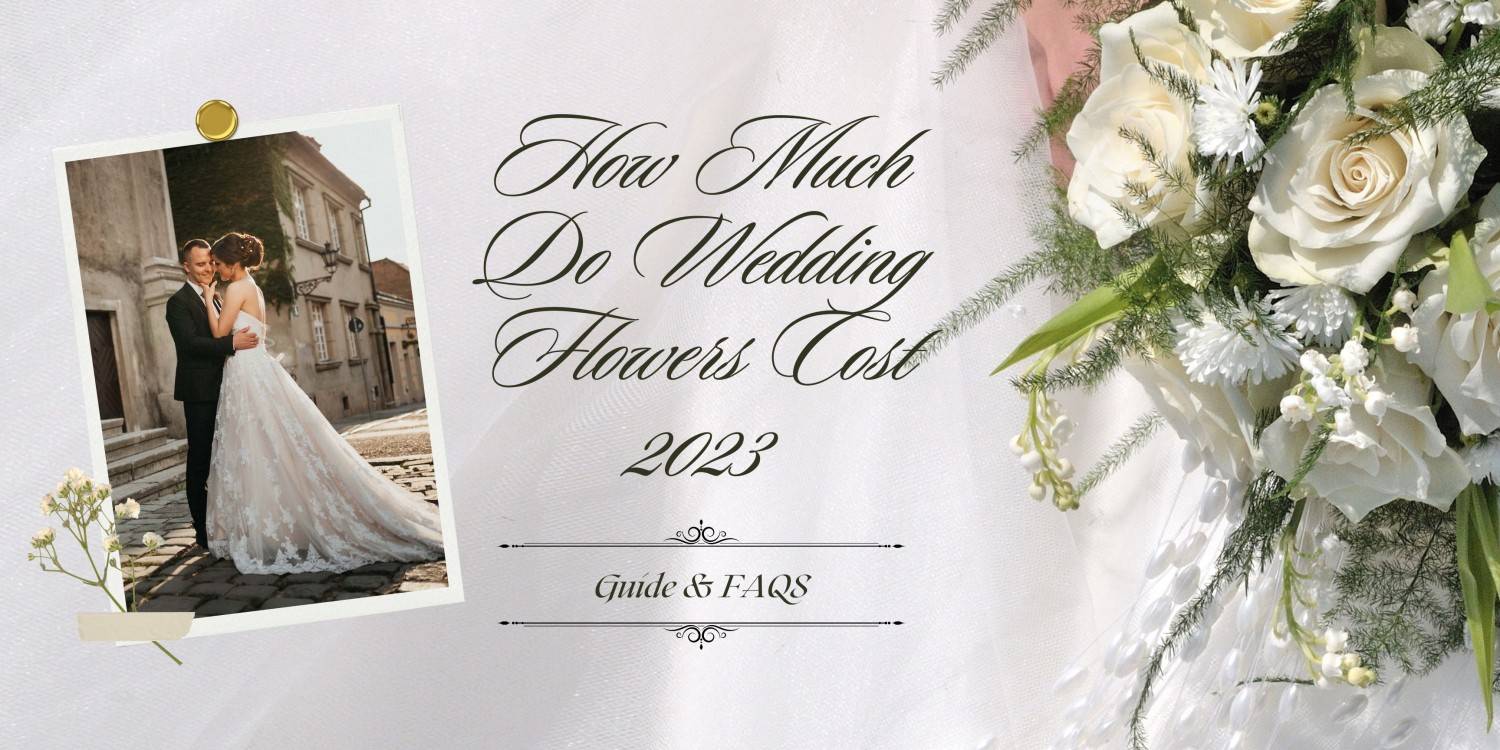
When it comes to planning a wedding, every detail matters, and flowers are no exception. From bridal bouquets to centerpieces, flowers play a significant role in adding beauty and elegance to the celebration. However, one common question that arises during wedding planning is, “How much do wedding flowers cost?” In this guide, we’ll dive into the various factors that influence the cost of wedding flowers, helping you gain a clearer understanding of budgeting for this essential element of your special day.
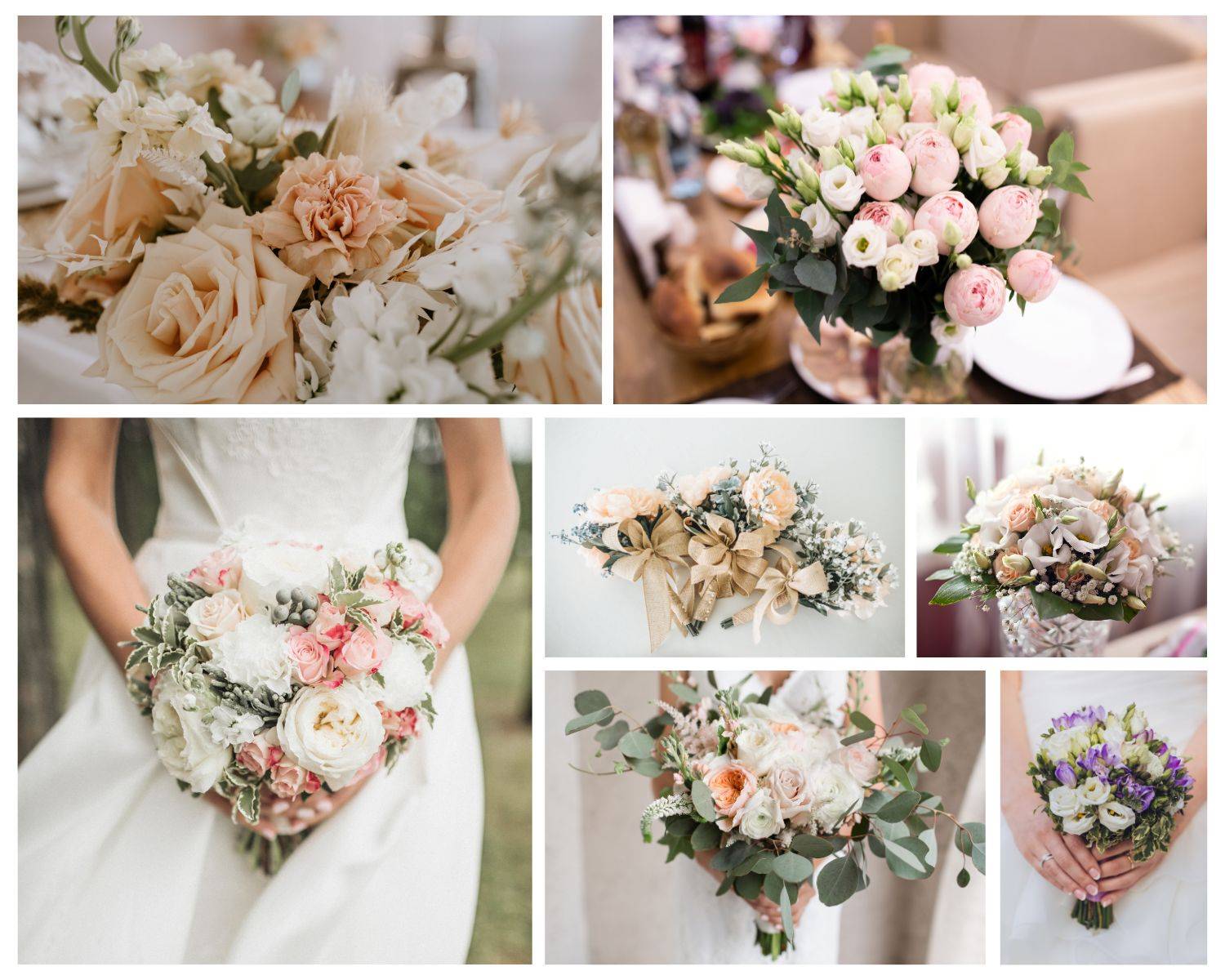
Understanding the Factors that Affect Wedding Flower Costs
Types of Flowers and Seasonal Variability
The choice of flowers significantly impacts the cost of your wedding floral arrangements. Some flowers are readily available year-round, while others are considered seasonal. Seasonal flowers are generally more cost-effective as they require less effort to grow and transport. Exotic or out-of-season blooms, on the other hand, often need to be imported or grown in controlled environments, increasing their cost. Researching the seasonal availability of your desired flowers and considering local alternatives can help you achieve a beautiful aesthetic without overspending.
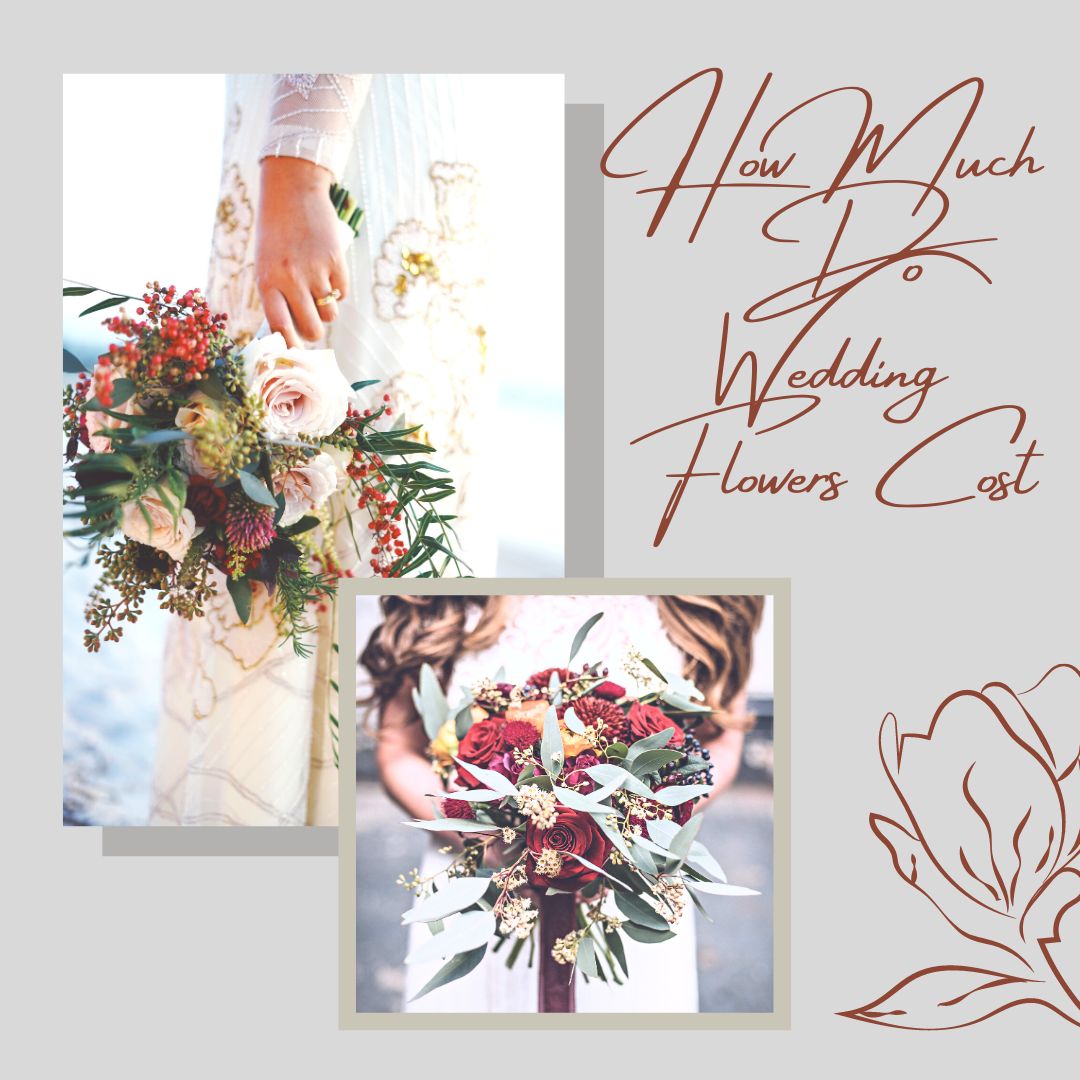
Quantity and Arrangements
The quantity and variety of floral arrangements you require directly influence the overall cost. Consider the various elements that require flowers, such as bridal and bridesmaid bouquets, boutonnieres, corsages, centerpieces, and ceremony decorations. Larger weddings or those with multiple venues may need more arrangements, leading to higher costs. Additionally, intricate arrangements with multiple types of flowers and detailed designs will naturally involve more labor and resources, impacting the budget.
Floral Design Complexity
The intricacy of your chosen floral designs plays a crucial role in determining costs. Elaborate designs, such as cascading bouquets or flower walls, require precise craftsmanship and a higher level of expertise from the florist. These designs demand more time, effort, and possibly more expensive materials to achieve the desired effect. Simpler arrangements, like single-stem centerpieces, can be more cost-effective while still maintaining an elegant appearance.
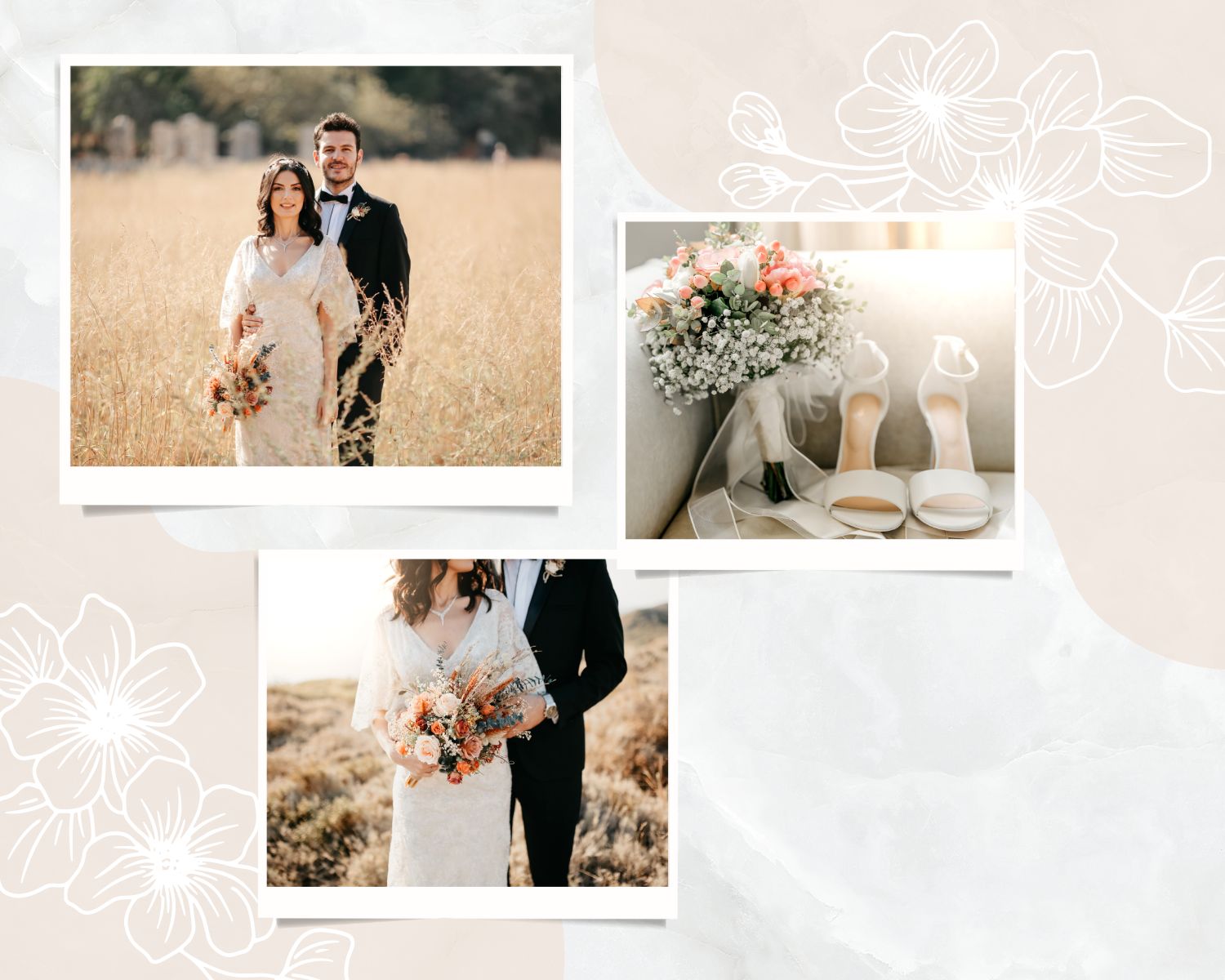
Choice of Vendors
Different florists have varying pricing structures based on their experience, reputation, and location. High-end florists with a well-established reputation may charge more for their expertise and design skills. Local florists might offer more competitive pricing but still provide excellent service. It’s advisable to research multiple florists, review their portfolios, and request quotes to compare prices and offerings. Finding a balance between your budget and the quality of service is key.
Geographic Location
Your wedding’s geographic location significantly affects flower costs. Major urban areas and popular wedding destinations often have higher prices due to increased demand and elevated operating expenses. If you’re planning a destination wedding, keep in mind that sourcing and transporting flowers to remote or secluded locations may come with additional charges. Exploring local flower options or considering flowers that thrive in your chosen location’s climate can help manage costs.
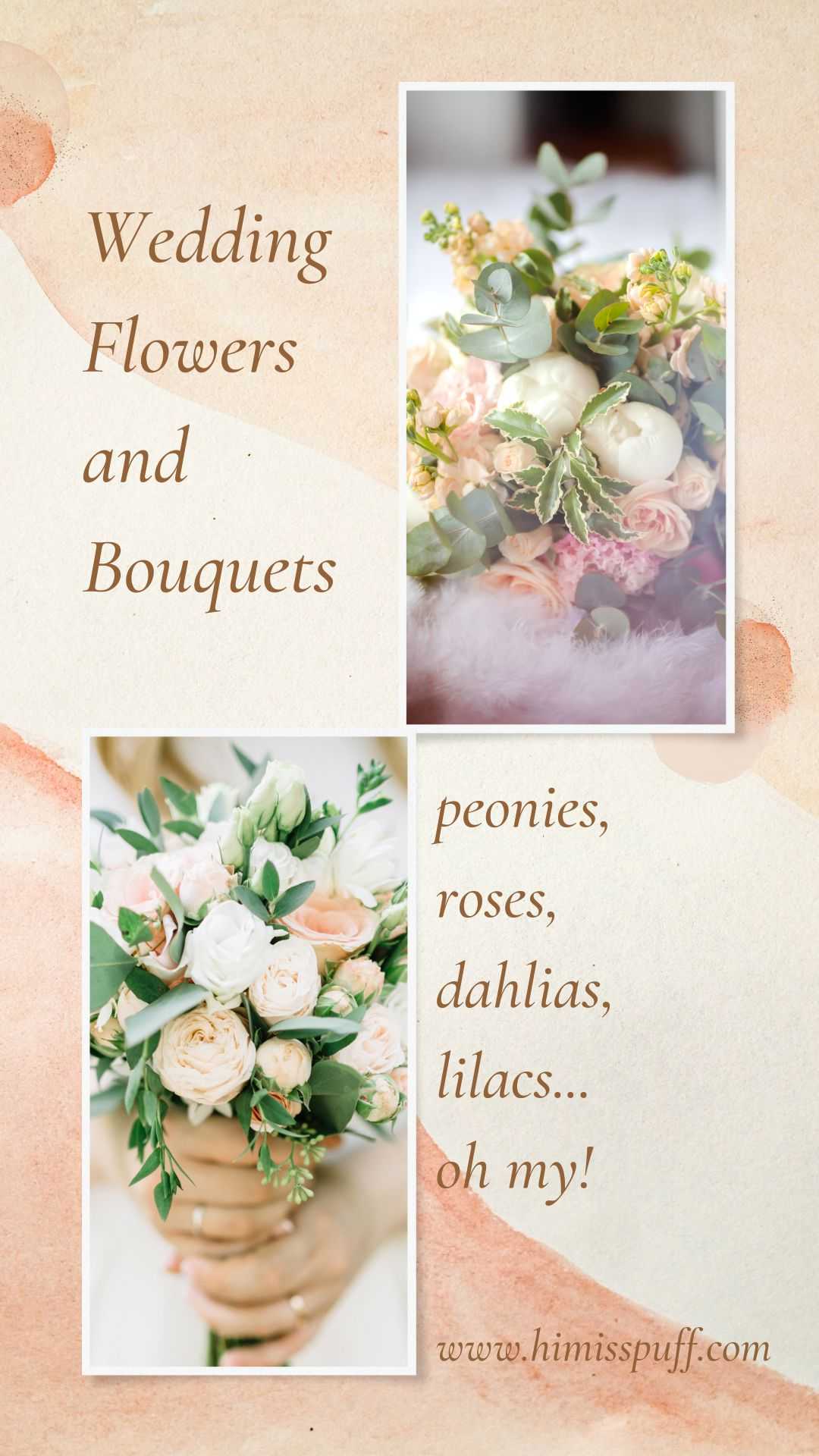
Additional Services
Beyond the cost of the flowers themselves, consider the value of additional services provided by florists. These services might include delivery, setup, and teardown of floral arrangements at various venues. While these services do incur extra charges, they can save you time, stress, and logistical challenges on your wedding day. Discuss these options with your chosen florist to understand how they contribute to the overall cost and convenience of your wedding flowers.
By carefully considering these six factors, you can gain a deeper understanding of how wedding flower costs are determined. This knowledge will empower you to make informed decisions that align with your budget and vision, ultimately leading to a beautifully adorned wedding day that you and your guests will remember fondly for years to come.
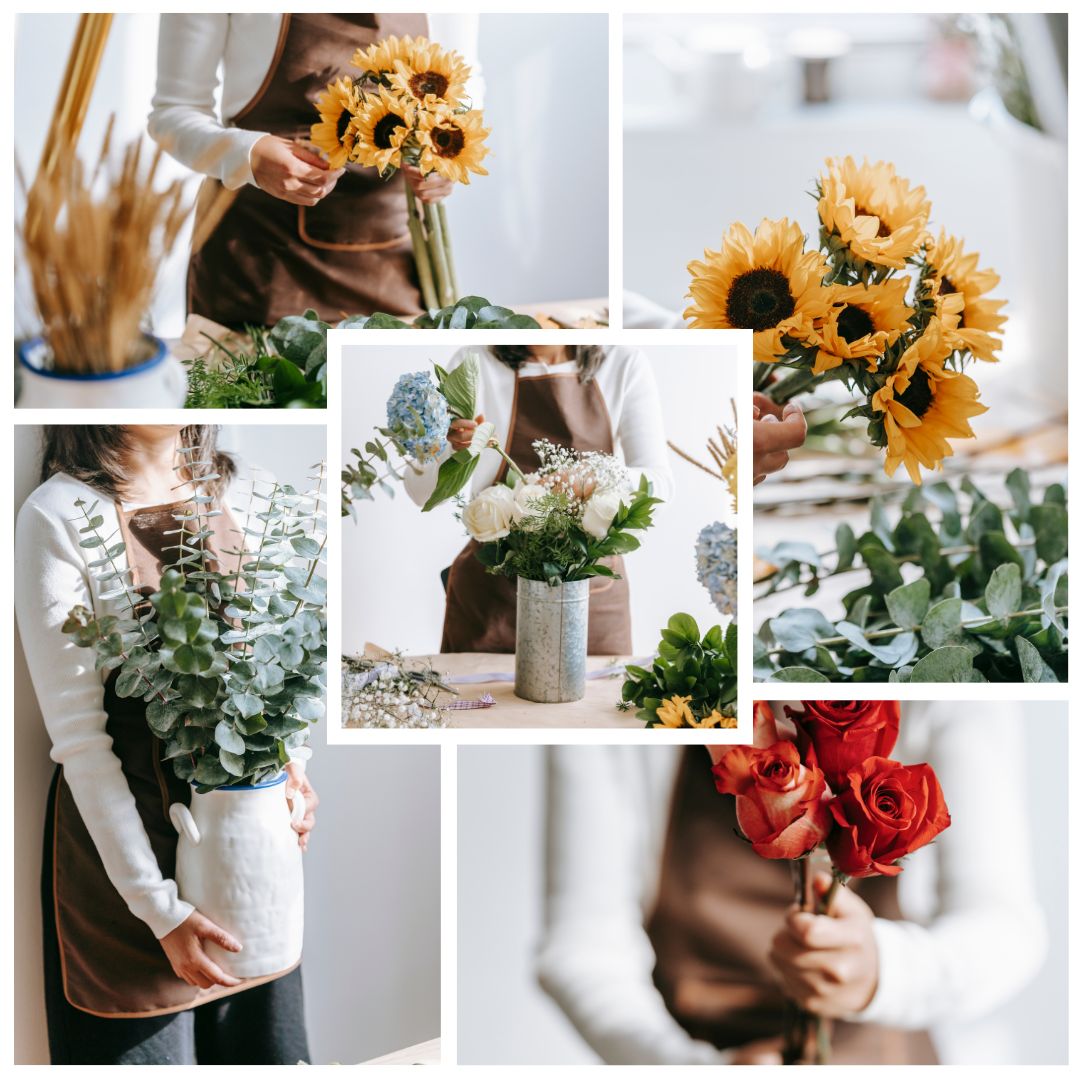
FAQs About Wedding Flower Costs
Why Do Wedding Flowers Vary in Price?
Wedding flower costs vary due to factors like flower type, design complexity, and geographic location. Exotic or out-of-season flowers, intricate designs, and certain regions can all contribute to higher prices.
Can I Save Money on Wedding Flowers?
Yes, there are several ways to save on wedding flowers. Choosing in-season blooms, opting for simpler designs, and working with local florists can help you achieve stunning floral arrangements within your budget.
How Much Should I Allocate in My Budget for Flowers?
A general guideline is to allocate about 10-15% of your overall wedding budget for flowers. However, this can vary based on your priorities and preferences.
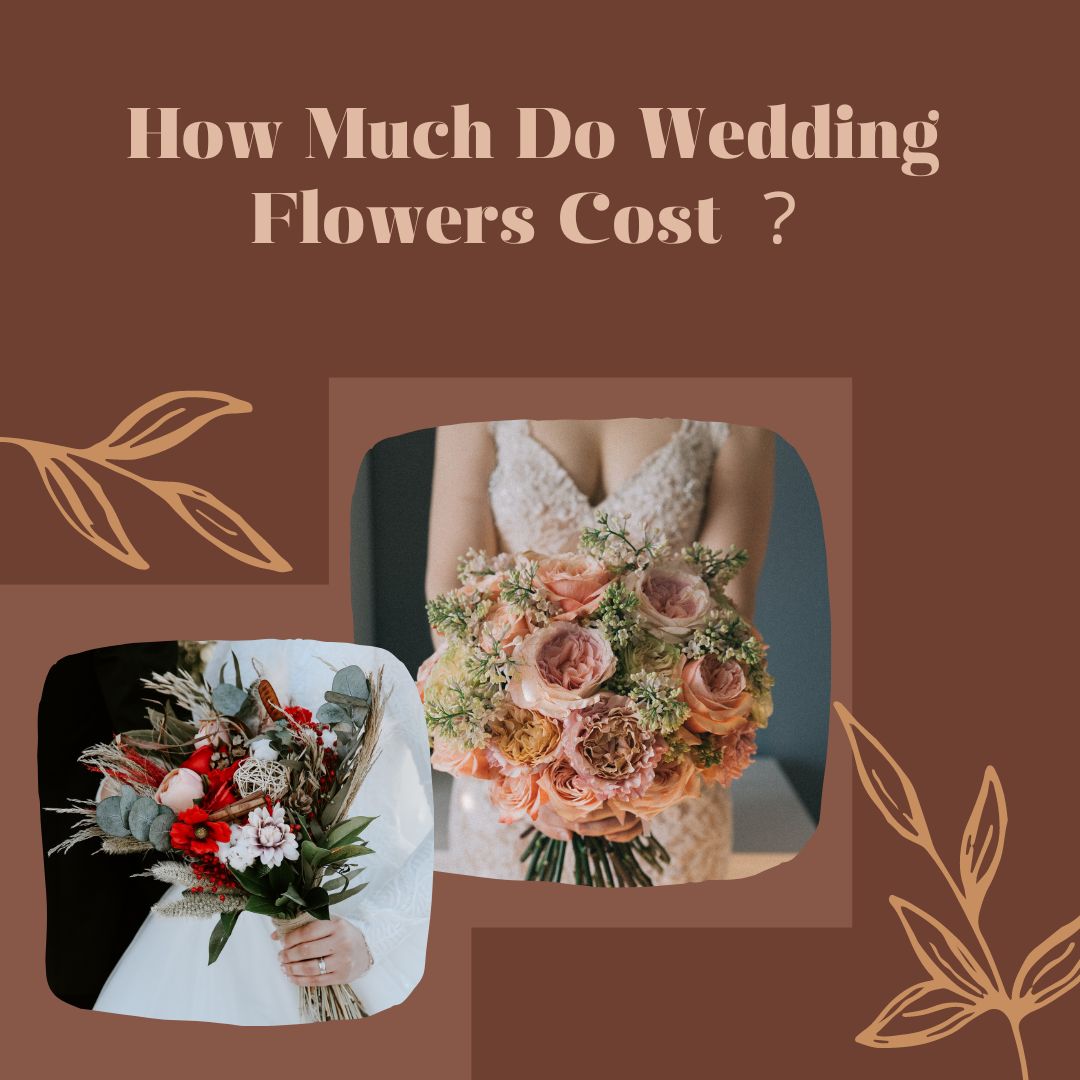
Is DIY a Cost-Effective Option?
While DIY arrangements may seem cost-effective, they can be challenging and time-consuming. Plus, the cost of purchasing individual flowers, supplies, and potential mistakes could add up. It’s essential to weigh the pros and cons carefully.
When Should I Book a Florist?
Booking a florist should be done well in advance, ideally 6-8 months before your wedding. This timeline allows you to discuss your vision, explore options, and make informed decisions.
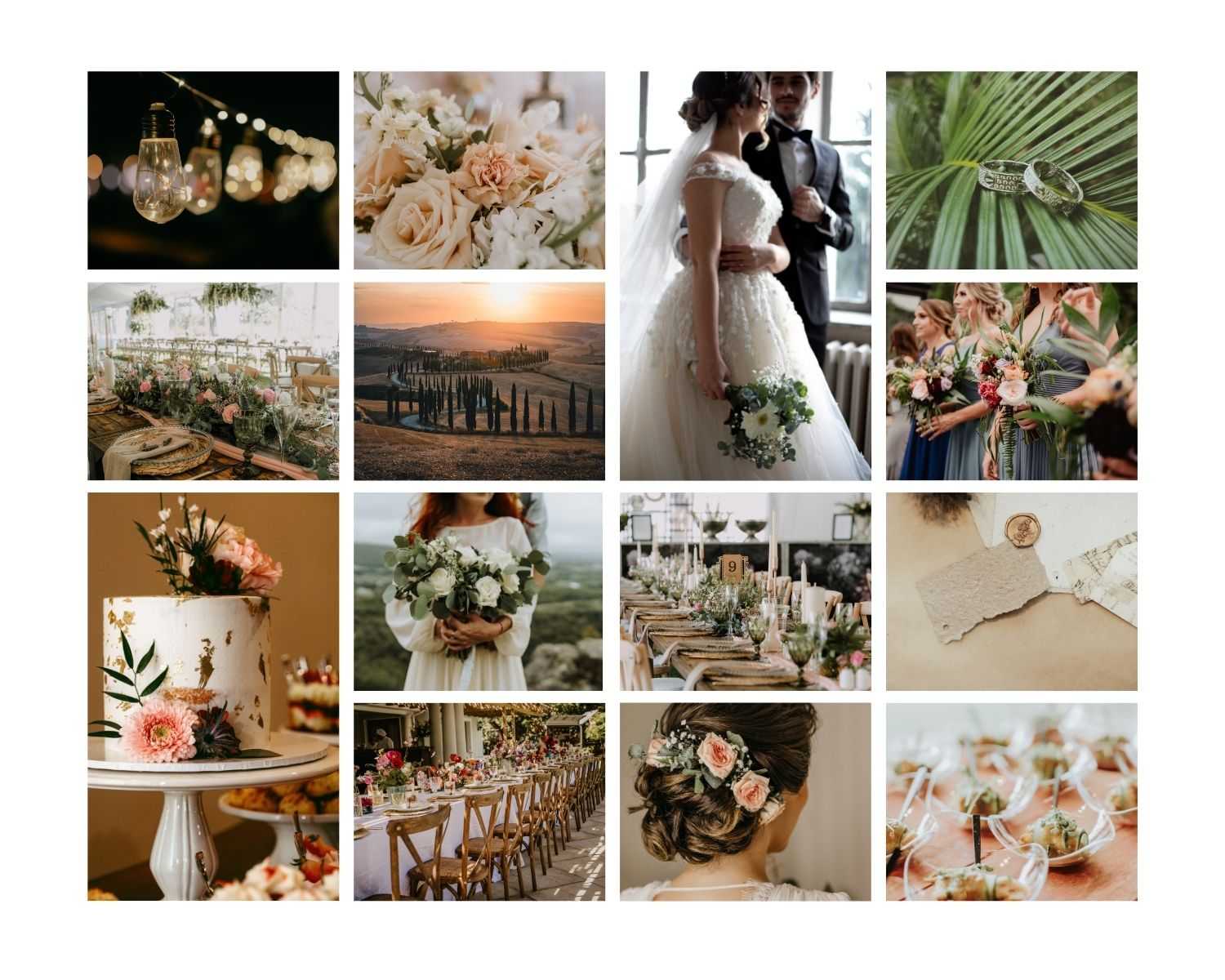
Conclusion
As you embark on the journey of planning your dream wedding, understanding the factors that influence the cost of wedding flowers is crucial. By considering flower types, design complexity, quantity, vendor choice, location, and additional services, you can create a realistic floral budget that aligns with your overall wedding vision. Remember, wedding flowers are not just an expense; they’re an investment in creating a visually enchanting atmosphere that will be cherished in memories and photographs for years to come.
Comments are closed.